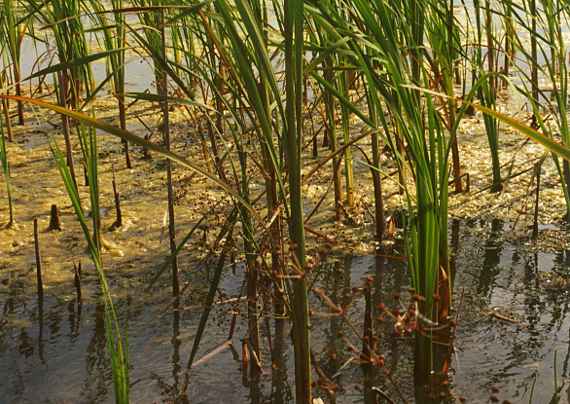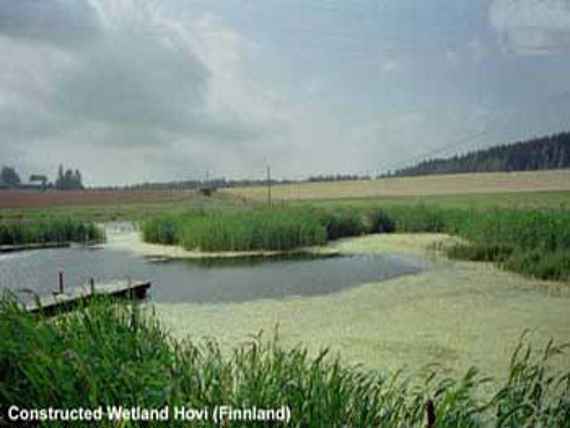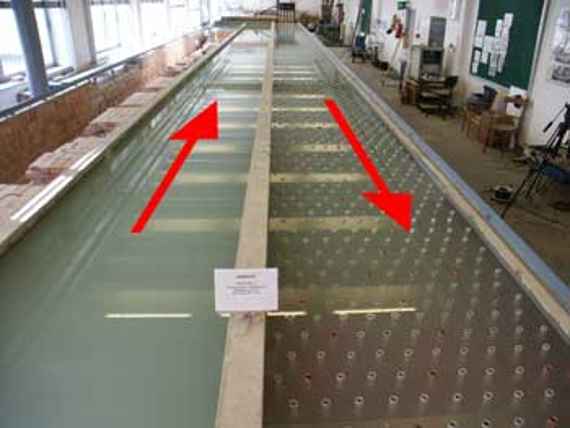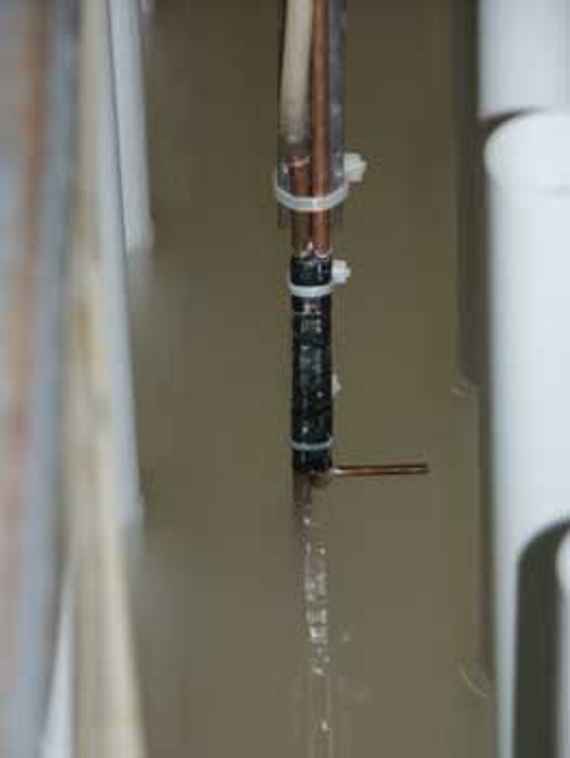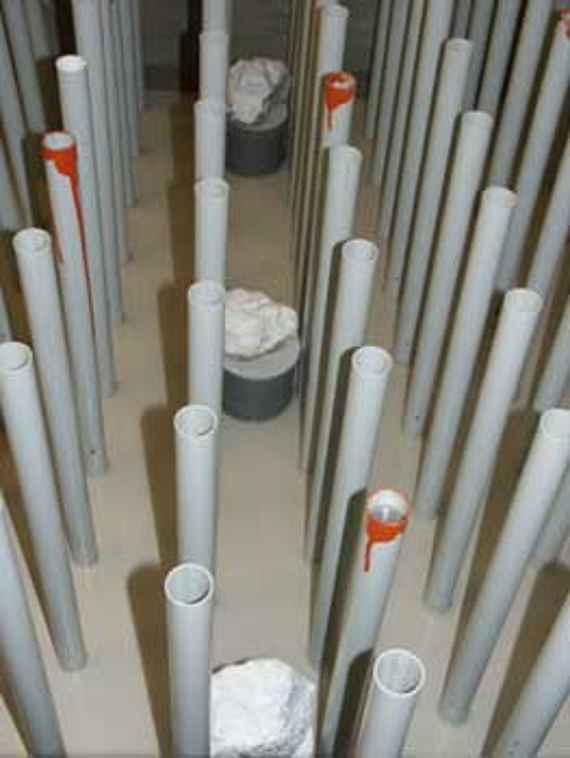Primrose (PRocess based Integrated Management of constructed and Riverine wetlands for Optimal control of wastewater at catchment ScalE) is an EU research project on Constructed Wetlands in northern climates, in which public and private research institutes from Estonia, Finland, Norway, Austria, Poland and Sweden cooperate.
The project is an EU research project of the 5th Framework Programme (contract number: EVK1-CT 2000-00065).
It aims at a better understanding of the fundamental hydraulic, hydrological and biochemical processes in these plants. The present study was limited to a process analysis in constructed wetlands with free water level, which will be called constructed wetland ponds in the following. Constructed wetland ponds are used for various types of wastewater, such as industrial wastewater, landfill leachate or for the purification of waters from agricultural catchments with diffuse sources.
In addition to biological and chemical purification processes, the physical purification of the waste water, and here above all the removal of suspended solids, plays a decisive role in achieving an adequate purification performance. The decisive factors influencing the sedimentation performance of suspended matter in constructed wetlands are surface loading rate, suspended solids concentration, and the presence of vegetation and/or wind. In order to be able to investigate all these different influences on the sedimentation behaviour under well-defined and reproducible conditions, a comprehensive study was carried out with the help of physical model tests on a scale of 1 to 1.
The dimensions of the physical model were derived from the relevant hydraulic data, which had been collected from measurements at existing plants in the Northern European area (Norway, Sweden, Finland, Estonia, Poland). It was shown that the flow state in most of the plants is laminar or in the laminar-turbulent transition area. In order to achieve the best possible comparability of the physical processes, it is essential that the flow states in the model are physically similar to those in nature. The physical model consisted of two rectangular channels, each approx. 40 m long and 1.5 m wide, which were connected by a 180° degree curve. This geometry resulted in a total model length of about 80 m. The Hovi pilot plant in southern Finland served as a model for this model geometry. Kaolin with an average particle diameter between 7.4 and 8.7 µm (average 7.9 µm), as determined from sedigraph analyses, and a density of ρS = 2,600 kg/m³ was selected as the suspended solids.
Primrose in nature
Primrose in model
The investigation programme was divided into four series of experiments. In series I the hydraulic boundary conditions were varied with a flow depth of H = 20 cm and 50 cm and a flow rate of Q = 1.6 and 3.3 l/s. Series II included the variation of the suspended solids concentration in the inflow with a suspended solids input concentration TSSin of approx. 0.2 or 2.0 g/l. In series III artificial vegetation was introduced into the model and its stock density varied with 13 and 49 stems/m² respectively. Cylindrical pipes with an outer diameter of 32 mm and a length of 520 mm were used as vegetation elements. They were arranged in a staggered grid and were intended to reproduce the vegetation type Typha latifolia, which is often dominant in Nordic plant-based purification ponds.
-
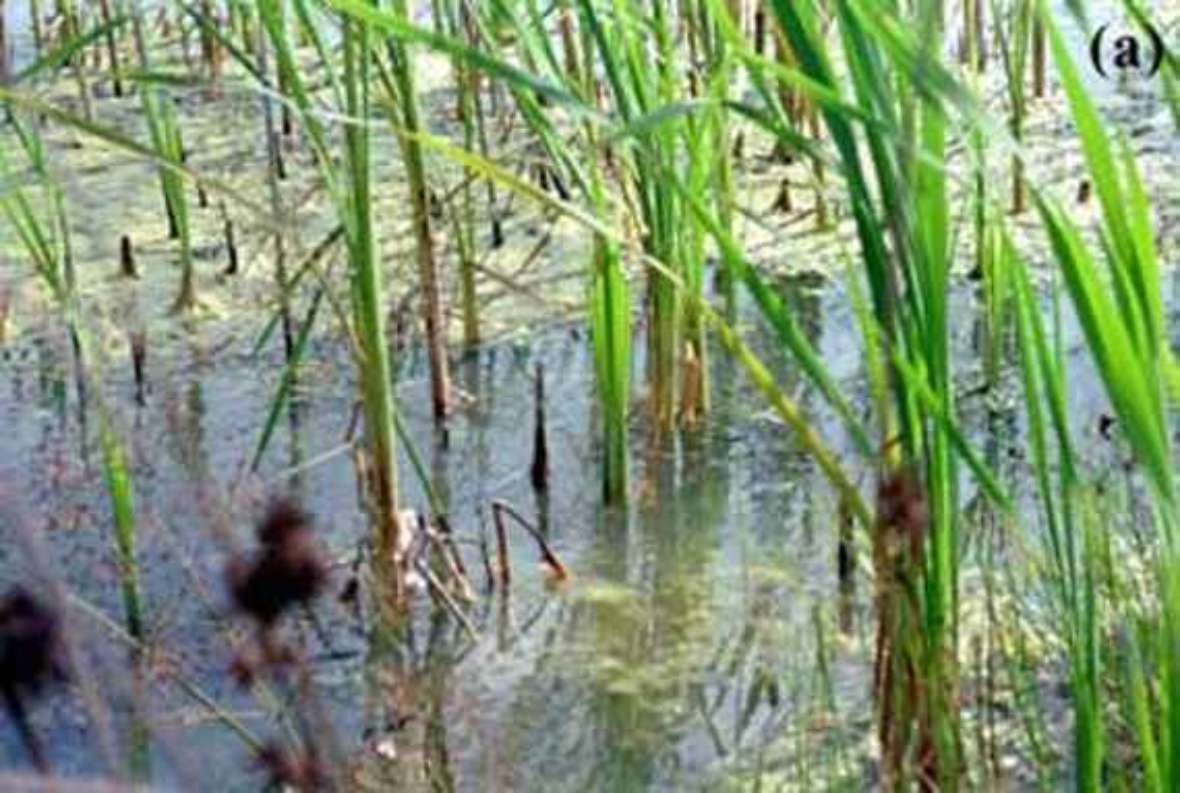
© BAW-IWB zoom gallery -
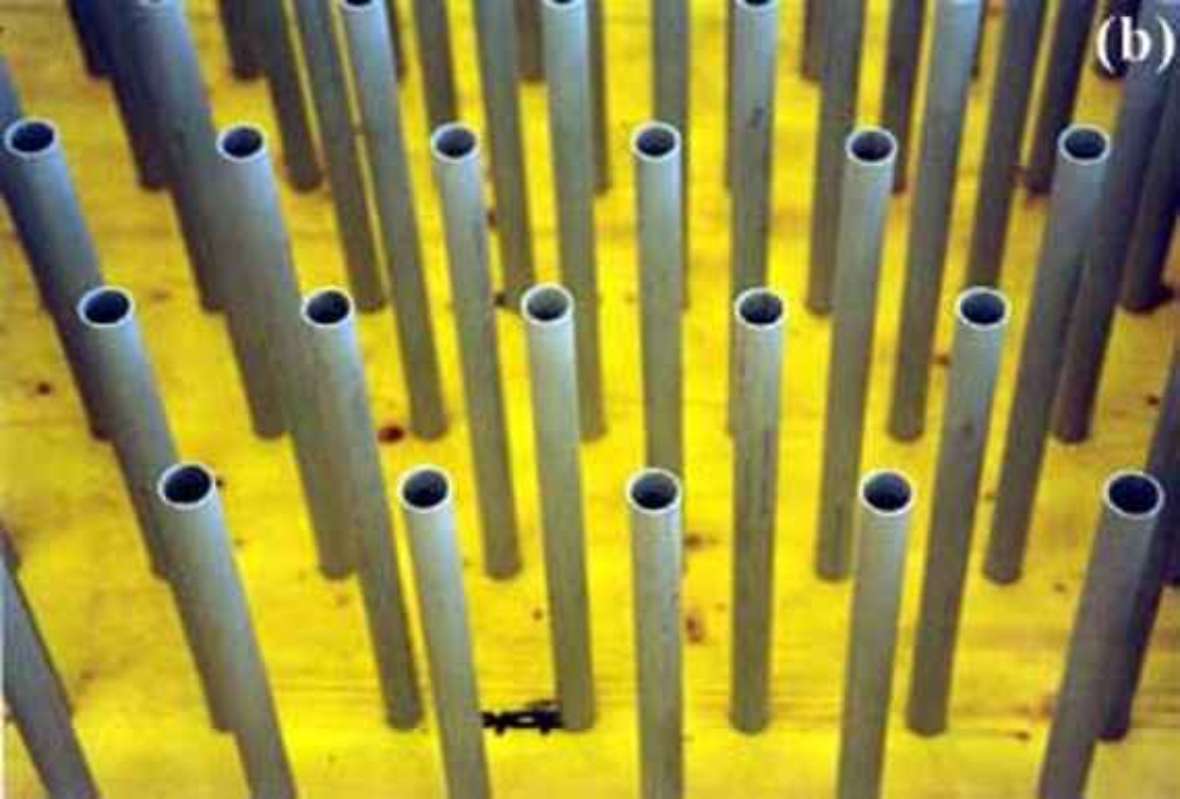
© BAW-IWB zoom gallery
The two pictures show once the plants in the clarification pond in nature and once the reproduction in the model.
Finally, in test series IV, two different wind speeds of 2.4 and 4.8 m/s were applied at two different wind directions, in and against the direction of flow.
The monitoring program included three-dimensional velocity measurements in several cross sections and perpendiculars with ADVLab as well as the measurement of the concentration of suspended solids in the flow and the material deposited on the model bottom for all flow conditions and parameter combinations. After each test, at precisely defined areas at several measuring points the deposited material was removed, dried and weighed. The resulting longitudinal sedimentation curves were used to compare the influences of the individual parameters on the sedimentation effect.
Suspension removal
Measurement of settled materia
It was shown that at higher suspended matter input concentrations in experiments without plants, the settling performance improved. In contrast, in experiments with plants it is reduced. One explanation for this is the tendency of the suspension to flocculate at high suspended solids concentration, which leads to a larger particle size and thus to an increased settling velocity. In case of vegetation in the current, flocculation is hindered. The influence of a higher surface load rate, i.e. higher flow velocity, is small. The results show that doubling the surface load rate for the entire model length has hardly any effect on the settling performance and that this is within the accuracy limit of ± 10 %. Plant growth in a sedimentation tank does not necessarily lead to an increase of the sedimentation rate. The sedimentation rates can be both increased and reduced depending on the hydraulic or sedimentological boundary conditions. The influence of the plant density on the sedimentation rate, however, shows a clear result: A higher stand density consistently led to a poorer settling performance in the pond, and this equally for high and low flow rates as well as for high and low addition of suspended solids concentrations. The effect of wind on the sedimentation processes also shows a clear tendency. Due to the very low flow velocities, the air flow over the water body caused a strong shear at the transition between air and water and thus a massive change in the vertical velocity distribution with near-surface velocity maxima in the direction of the air flow. In addition, the application of wind causes a wave movement near the surface, which leads to a pulsation process that works up to the level of the bottom. This pulsating movement in the water body causes a very strong mixing of the liquid, which keeps particles in suspension longer and thus reduces the sedimentation rate.

